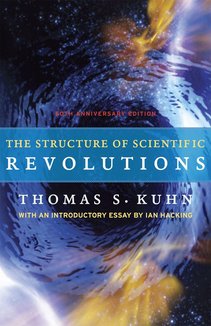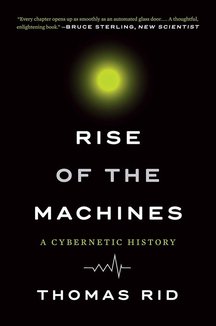Recommended Books

A Swim in a Pond in the Rain: In Which Four Russians Give a Master Class on Writing, Reading, and Life
Author:
George Saunders
ISBN 13:
978-1984856036
NEW YORK TIMES BESTSELLER • From the Booker Prize–winning author of Lincoln in the Bardo and Tenth of December comes a literary master class on what makes great stories work and what they can tell us about ourselves—and our world today. LONGLISTED FOR THE PEN/DIAMONSTEIN-SPIELVOGEL AWARD • ONE OF THE BEST BOOKS OF THE YEAR: The Washington Post, NPR, Time, San Francisco Chronicle, Esquire , Milwaukee Journal Sentinel, Town & Country, The Rumpus, Electric Lit, Thrillist, BookPage • “[A] worship song to writers and readers.”— Oprah Daily For the last twenty years, George Saunders has been teaching a class on the Russian short story to his MFA students at Syracuse University. In A Swim in a Pond in the Rain , he shares a version of that class with us, offering some of what he and his students have discovered together over the years. Paired with iconic short stories by Chekhov, Turgenev, Tolstoy, and Gogol, the seven essays in this book are intended for anyone interested in how fiction works and why it’s more relevant than ever in these turbulent times. In his introduction, Saunders writes, “We’re going to enter seven fastidiously constructed scale models of the world, made for a specific purpose that our time maybe doesn’t fully endorse but that these writers accepted implicitly as the aim of art—namely, to ask the big questions, questions like, How are we supposed to be living down here? What were we put here to accomplish? What should we value? What is truth, anyway, and how might we recognize it?” He approaches the stories technically yet accessibly, and through them explains how narrative functions; why we stay immersed in a story and why we resist it; and the bedrock virtues a writer must foster. The process of writing, Saunders reminds us, is a technical craft, but also a way of training oneself to see the world with new openness and curiosity. A Swim in a Pond in the Rain is a deep exploration not just of how great writing works but of how the mind itself works while reading, and of how the reading and writing of stories make genuine connection possible.

The Structure of Scientific Revolutions: 50th Anniversary Edition
Authors:
Thomas S. Kuhn
,
Ian Hacking
ISBN 13:
978-0226458120
A good book may have the power to change the way we see the world, but a great book actually becomes part of our daily consciousness, pervading our thinking to the point that we take it for granted, and we forget how provocative and challenging its ideas once were—and still are. The Structure of Scientific Revolutions is that kind of book. When it was first published in 1962, it was a landmark event in the history and philosophy of science. Fifty years later, it still has many lessons to teach. With The Structure of Scientific Revolutions, Kuhn challenged long-standing linear notions of scientific progress, arguing that transformative ideas don’t arise from the day-to-day, gradual process of experimentation and data accumulation but that the revolutions in science, those breakthrough moments that disrupt accepted thinking and offer unanticipated ideas, occur outside of “normal science,” as he called it. Though Kuhn was writing when physics ruled the sciences, his ideas on how scientific revolutions bring order to the anomalies that amass over time in research experiments are still instructive in our biotech age. This new edition of Kuhn’s essential work in the history of science includes an insightful introduction by Ian Hacking, which clarifies terms popularized by Kuhn, including paradigm and incommensurability, and applies Kuhn’s ideas to the science of today. Usefully keyed to the separate sections of the book, Hacking’s introduction provides important background information as well as a contemporary context. Newly designed, with an expanded index, this edition will be eagerly welcomed by the next generation of readers seeking to understand the history of our perspectives on science.

Rise of the Machines: A Cybernetic History
Author:
Thomas Rid
ISBN 13:
978-0393354959
"Dazzling.” ― Financial Times As lives offline and online merge even more, it is easy to forget how we got here. Rise of the Machines reclaims the spectacular story of cybernetics, one of the twentieth century’s pivotal ideas. Springing from the mind of mathematician Norbert Wiener amid the devastation of World War II, the cybernetic vision underpinned a host of seductive myths about the future of machines. Cybernetics triggered blissful cults and military gizmos, the Whole Earth Catalog and the air force’s foray into virtual space, as well as crypto-anarchists fighting for internet freedom. In Rise of the Machines, Thomas Rid draws on unpublished sources―including interviews with hippies, anarchists, sleuths, and spies―to offer an unparalleled perspective into our anxious embrace of technology. 32 pages of illustrations